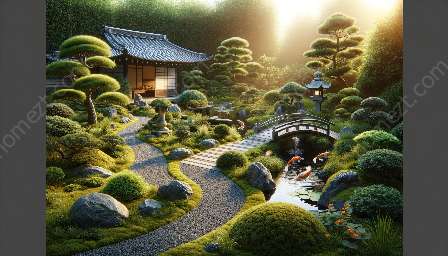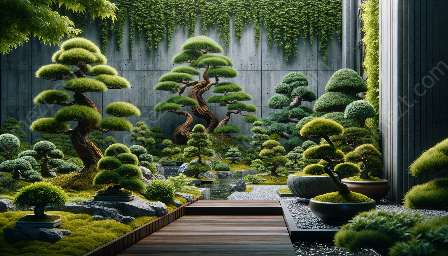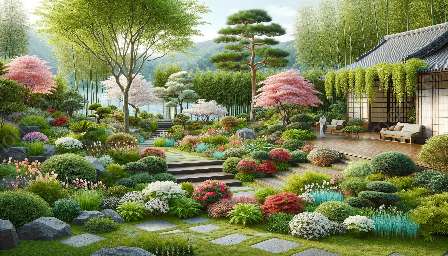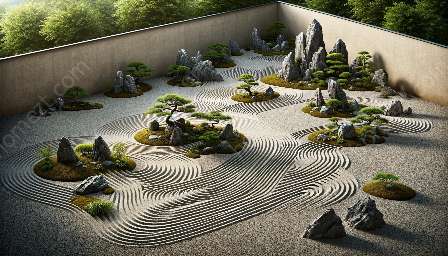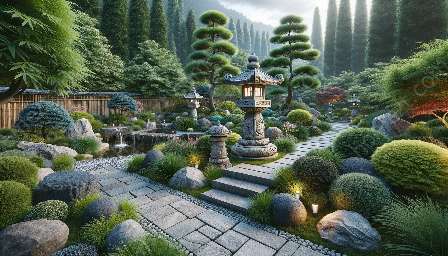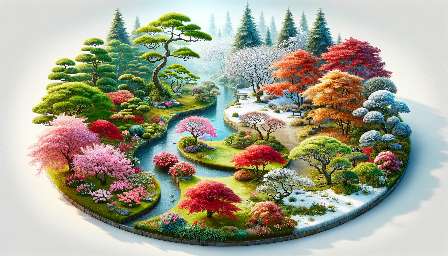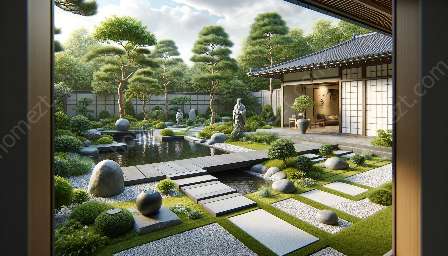Japanese gardens are renowned for their timeless beauty and serene atmospheres. They are designed to evoke a sense of peace, harmony, and tranquility. Understanding the design principles behind these remarkable landscapes can offer valuable insights for anyone interested in gardening and landscaping, whether they seek to recreate the essence of a traditional Japanese garden or simply draw inspiration from its elements.
The Essence of Japanese Gardens
At the heart of Japanese garden design lie several key principles that have been refined over centuries. These principles are deeply rooted in Japanese culture, philosophy, and aesthetics, reflecting a harmonious relationship with nature and a profound appreciation for simplicity and balance. When exploring the design principles of Japanese gardens, it becomes evident that they offer a profound insight into the art of gardening and landscaping in a unique and captivating way.
Principles of Japanese Garden Design
1. Simplicity and Minimalism:
Japanese gardens embrace minimalist design, favoring simplicity over complexity. This principle emphasizes the art of omission, where every element is carefully chosen and placed to create a sense of tranquility and serenity.
2. Natural Elements:
Nature is celebrated in Japanese gardens, with a focus on integrating natural elements such as water, rocks, and plants. These elements are meticulously arranged to mimic the natural landscape, creating a seamless transition between the garden and its surroundings.
3. Harmony and Balance:
Japanese gardens seek to achieve harmony and balance through careful consideration of placement, scale, and proportion. The harmonious arrangement of elements reflects the interconnectedness of nature and the pursuit of equilibrium.
4. Symbolism and Meaning:
Japanese gardens are rich in symbolism, drawing inspiration from traditional Shinto and Buddhist beliefs. Plants, stones, and water are often imbued with symbolic meaning, adding layers of depth and contemplation to the garden's composition.
5. Tranquility and Zen Aesthetics:
Zen principles heavily influence Japanese garden design, emphasizing tranquility, meditation, and mindfulness. The arrangement of elements is mindful of creating a space for contemplation and inner peace.
Elements of Japanese Gardens
Understanding the design principles of Japanese gardens is incomplete without delving into the specific elements that contribute to their beauty and allure. From carefully raked gravel to serene koi ponds, these elements play a pivotal role in shaping the distinct character of Japanese gardens.
1. Water Features:
Water holds a central place in Japanese gardens, symbolizing life, purity, and renewal. Ponds, streams, and waterfalls are thoughtfully integrated, reflecting the fluidity and tranquility of nature.
2. Stone Arrangements:
Strategically placed stones, known as Ishi, serve as focal points in Japanese gardens. They are arranged to represent mountains, islands, or animals, evoking a sense of permanence and timelessness.
3. Plants and Trees:
Japanese gardens feature a curated selection of native plants and trees, meticulously pruned to create balanced and harmonious compositions. Cherry blossoms, maple trees, and moss gardens are emblematic of the seasonal beauty that permeates these landscapes.
4. Paths and Bridges:
Tranquil pathways meander through Japanese gardens, inviting contemplative strolls and providing different vantage points to appreciate the garden's aesthetics. Arched bridges symbolize transitions and connections, adding a touch of elegance to the landscape.
5. Moss and Sand Gardens:
Moss and sand gardens, known as Karesansui, embody the essence of simplicity and tranquility. These meticulously raked gravel or sand patterns evoke a sense of calm and serenity, inviting quiet contemplation.
Conclusion
The design principles of Japanese gardens offer a profound insight into the art of gardening and landscaping. By understanding and embracing these principles, one can create captivating landscapes that embody the timeless beauty, tranquility, and harmony exemplified by traditional Japanese gardens. Drawing inspiration from the minimalist elegance and profound symbolism of Japanese garden design, individuals can infuse their own gardening and landscaping endeavors with the spirit of serene beauty and harmonious balance.


